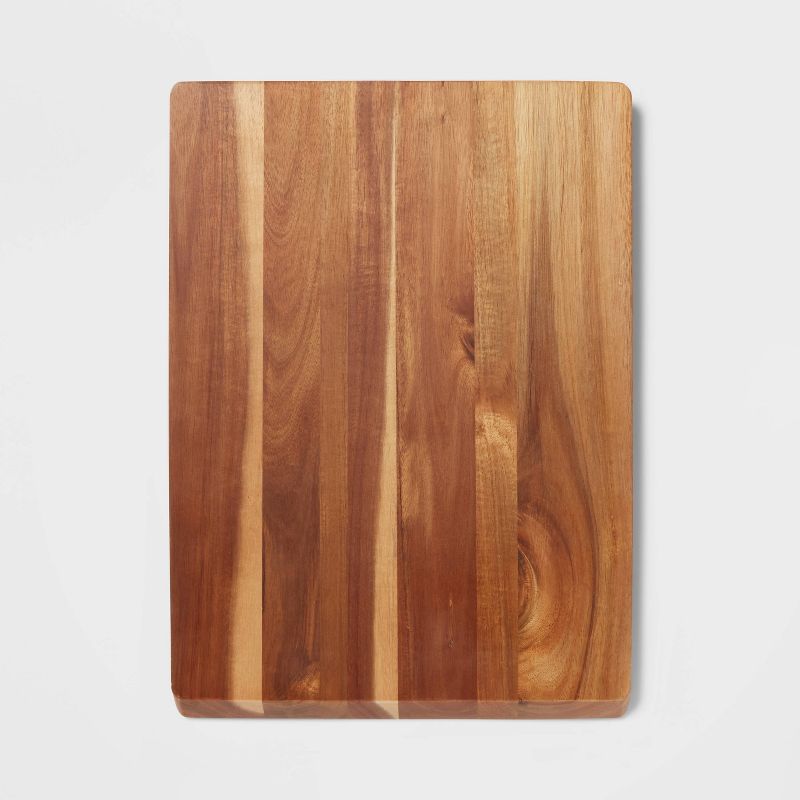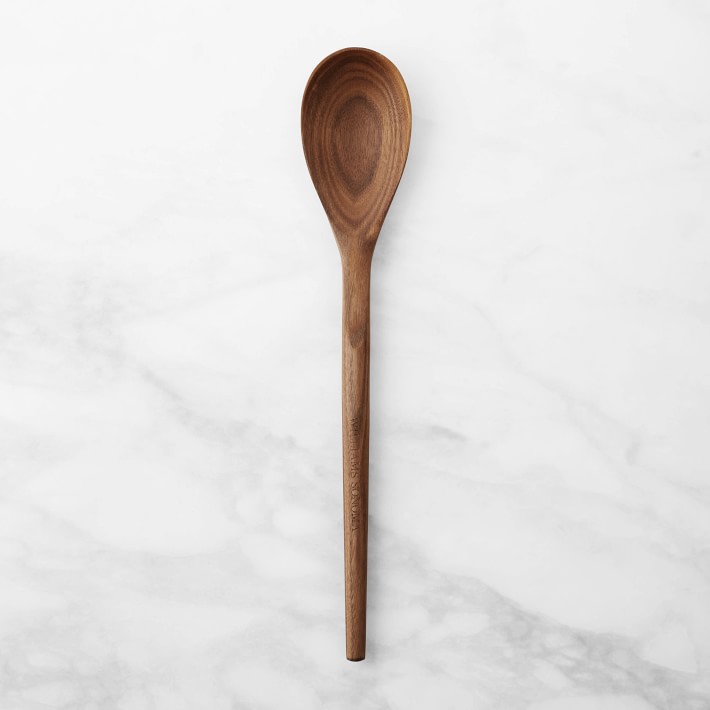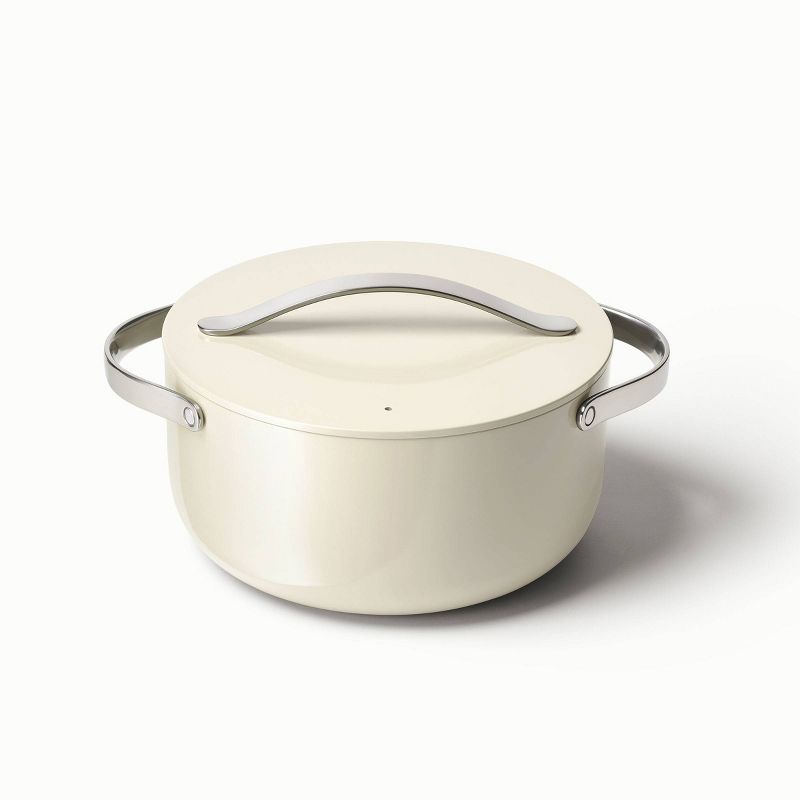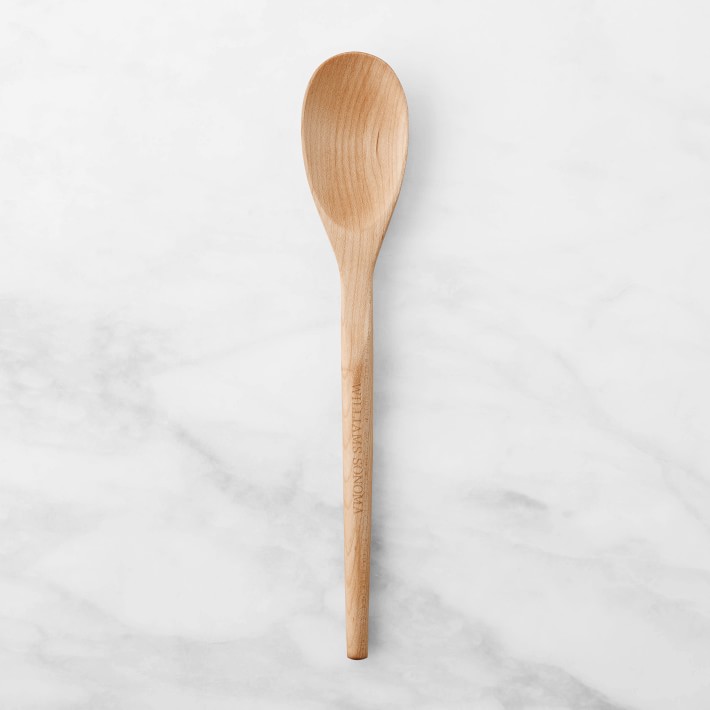BACKYARD GARDENING MADE SIMPLE
Recipe: Mulled Apple Cider
As the days of apple-picking fade away, local farm stands are still stocking their shelves with the rich taste of fall in the form of fresh pressed apple cider waiting to be transformed into a hot mulled cider beverage made for fall days. November is a time to begin intentionally seeking connection with family and friends, and oftentimes that connection comes over the stovetop, making mulled cider together as the warm scent of apples fills your home.
The Cottage Peach is reader-supported. When you purchase through links on our site, we may earn an affiliate commission at no additional cost to you. All opinions are our own. Products in this post were gifted.
Apple picking in our family often ends with us clutching blazing hot to-go cups of apple cider in an attempt to warm our numb fingertips while we sit between the apple trees, burning our tongues on the first sips impatiently taken before our mugs have a chance to cool. The bees are drawn to the sweet smell surrounding us and we listen to their buzzing song as we watch the people around us climb atop each other’s shoulders to reach the best apples at the very top of the tree.
As the days of apple-picking fade away, local farm stands are still stocking their shelves with the rich taste of fall in the form of fresh pressed apple cider waiting to be transformed into a hot mulled cider beverage made for fall days. November is a time to begin intentionally seeking connection with family and friends, and oftentimes that connection comes over the stovetop, making mulled cider together as the warm scent of apples fills your home.
How is apple cider different from apple juice?
According to Southern Living, “Apple cider is fresh, unfiltered, and often unpasteurized. It's also considered a seasonal drink and can be hard to find outside of the autumn months. Apple juice, on the other hand, is filtered and pasteurized, which gives it a longer shelf life, a sweeter taste, and a smoother texture.” so, it’s safe to say that apple cider is NOT the same as apple juice.
To me, there is no comparison between apple cider and apple juice. Apple juice is, at best, the bland counterpart of the richly flavored and fresh apple cider. I almost never keep apple juice in our refrigerator, but if apple cider were available year round I can almost guarantee a jug or two would find its way into my cart each time that I shop.
The taste of apple cider is much fuller and richer than apple juice. Apple cider tastes just like eating a whole apple, with a bit of extra tanginess from the oxidation process.
Why is apple cider brown?
Apple cider is brown because of enzymatic (polyphenol oxidase) reactions that occur in the presence of oxygen. Tiny apple solids floating in the juice turn color when exposed to air, giving cider that gorgeous caramel color and opaque look. Just like an apple begins to brown once it is cut, cider turns brown as the apples are pressed in the apple presser and are exposed to oxygen. This reaction also contributes to the depth of flavor that is present in apple cider.
On a related note, if you are slicing apples for a garnish tray to serve beside your mulled cider and need to keep them from browning before your guests have a chance to dig in all you need to do to keep your apples from turning brown is to soak the cut fruit in a saltwater solution (half a teaspoon of kosher salt per cup of water) for 10 minutes, then drain and store until ready to use. I promise you can’t taste any lingering saltwater flavor at all!
How is apple cider made?
Traditionally, apple cider is made at your local orchard by pressing fresh apples in an apple press, which crushes the apples into a mash or pulp. There are a variety of different styles of apple presses, from small countertop units you can operate by hand to professional grade equipment used by larger operations.
Can you make apple cider at home?
Yes! Many people use their countertop juicing appliance to make fresh apple cider at home. Since the resulting product is unfiltered and unpasteurized, it is considered cider even though you are using a juicer to make it. If you don’t have a juicer, you can throw your chopped apples in a blender and then strain out the pulp using cheesecloth. To make hot apple cider just transfer the strained cider to a sauce pan and heat on medium low until warm.
Why should you buy local cider?
The reasons to purchase your apple cider from a local farm are endless. Your local farm will almost certainly carry apple cider in the fall, whether they have an orchard and press of their own or partner with another local farm that may be further afield. Farms rely on seasonal income from fall activities like hayrides and corn mazes to keep themselves afloat during the winter months when their income is severely reduced or eliminated completely, so supporting your local farm all the way up until their closing date by purchasing any items for your fall activities from them can be a great help. When we buy local produce and groceries, we can be certain that the products on the shelves are as fresh as can be and generally of a much higher quality than is available in the supermarket.
Mulled cider spices
My favorite thing to do with my local apple cider is to make a big pot of hot mulled cider on the stovetop. This not only results in a delicious drink to gather around and share with all of your friends and family, but fills the space with a warm and cozy aroma.
When I’m feeling too achy and fatigued to participate in more involved fall traditions and cooking, mulling cider is a mostly hands-off way I can celebrate the autumn season without draining myself of my limited energy. Since I’m always looking for ways to enjoy seasonal living while being mindful of my own limitations living with chronic illness, mulled apple cider is the perfect way to respect my capabilities.
Hot mulled apple cider is special, because we only get to enjoy it for a small window of time each season. Let this be a drink that opens the door to celebrating seasonal living this fall in your home. This scent experience can be enhanced by incorporating different combinations of spices and fruits into your spiced cider recipe. This is a case where more is definitely more, so don’t feel the need to hold back in creating your flavor combinations.
Some spices and fruits to consider using in your hot mulled cider beverage:
Whole cloves
Cinnamon sticks
Allspice berries
Fresh ginger
Star anise
Allspice
Nutmeg
Cardamom pods
Coriander
Oranges
Lemon
Cranberries
Apples
So why should you make mulled cider on the stovetop rather than the slow cooker? While I encourage you to utilize whatever cooking methods you need to in order to support your own body’s limitations, I consider the stovetop version to be an easy way to practice some mindfulness in my day. Simmering your hot apple cider on the stovetop forces you to pause and be present. Sometimes, coming off of autopilot is the best way to fully appreciate the brief beauty of fall in all its glory before it is time to move on to our long winter. So, pull up a chair if you need to, chop your fruits at the table while sitting down and truly allow yourself to savor the experience - from the fresh scent of citrus as your knife cuts into the rind, to the crunch of apples slicing.
Of course, when you’re finished making my best mulled cider recipe, the mug you choose to enjoy it in can be equally as important in determining how cozy of an experience you create. I like to put out an array of handmade ceramic mugs for my guests to choose from, alongside a tray with additional fruits they can add as a garnish to their drink. Make this mulled cider as the perfect refreshment for your Thanksgiving gatherings!
What does “mulled” mean?
To mull cider means to heat, sweeten, and flavor with spices for drinking. You can also mull ale, and wine. Changing the temperature of your beverage and adding spices increases the depth and complexity of flavor, as well as adding a warming element to bring coziness to your gathering.
How long does mulled cider keep?
You can cool and refrigerate your mulled cider for up to 3 days to be reheated another time. You should not keep it in a sealed bottle - since apple cider is usually not pasteurized it may ferment and cause the bottle to explode.
How to make mulled cider
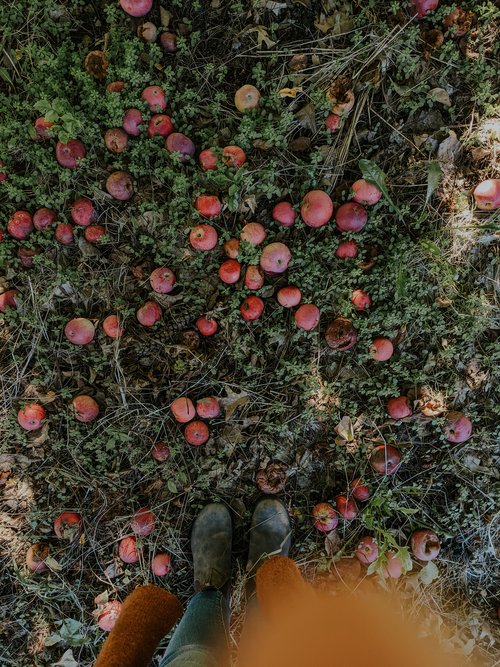
Hot Mulled Apple Cider Recipe
Ingredients
- 1 gallon apple cider
- 2 Apples, sliced
- 1 Orange, sliced
- ½ Cup cranberries (fresh or frozen is fine)
- ½ cup maple syrup
- 2 tbsp lemon juice
- 4 cinnamon sticks
- 8 whole cloves
- 8 whole cardamom pods
- Large dutch oven or soup pot
- Wooden spoon
- Knife
- Cutting board
Instructions
- Measure out your spices into the bottom of the Dutch oven and toast them on low for one minute to bring out the flavors, being careful not to burn.
- Slice the orange and apples.
- Add the fruit and apple cider to the Dutch oven and bring to a simmer. You don’t want to turn the heat too high as it may cause the cider to separate (this won’t affect the taste just the appearance)
- Cider can be mulled at a low temperature for up to 4 hours or at a simmer for about 1 hour, depending on your preference.
- Ladle into festive glasses or mugs and enjoy with fruit and cinnamon sticks to garnish!
Nutrition Facts
Calories
178.7Fat
1.16Sat. Fat
0.34Carbs
39.58Fiber
2.11Net carbs
37.45Sugar
32.13Protein
3.66Sodium
21.68Cholesterol
9.18Easy Vegan Applesauce Recipe
WHY GO APPLE PICKING?
Aside from experiencing the perfect day, why go apple picking at a farm instead of buying apples at the grocery store? Taste is one reason. An apple from the grocery store is likely to be a year old.
Store-bought apples last so long because waxes and chemicals are applied by producers. Insecticides and fungicides are put on the apples to protect them from insects and bad bacteria, allowing the apples to stay ‘fresh’ when kept in cold storage.
In contrast, an apple picked from a tree on a sunny, cool day is a food unto itself.
The Cottage Peach is reader-supported. When you purchase through links on our site, we may earn an affiliate commission at no additional cost to you. All opinions are our own.
When I was a child, my parents got a group of friends together to go apple picking, and a tradition was born. For over 20 years we traveled to Honey Pot Hill Orchard in Stowe, Massachusetts. Honey Pot has 186 acres of orchard land, and has been run by the same family since 1926. Its trees are planted on rolling hills with wide lanes between them, and have orchard ladders leaning against them just waiting to be climbed.
We traveled the orchard in a pack, balancing on each other’s shoulders to reach the perfect apple far overhead, steadying ladders, and filling increasingly heavy bushel bags with more apples than they could reasonably hold.
We ran down hills and took pictures and laughed and smelled the unique-to-orchards, sweet aroma of fallen apples fermenting in the grass beneath the trees.
At the end of the day, we made our way through the hills to the farm store for a gallon of cider to drink and a gallon of cider to bring home, and to the bakery window where we bought bags and bags of cinnamon-sugar coated cider donuts.
We’d plop ourselves down on a grassy hill nearby to munch and drink and watch the people standing in the long line for donuts. Every visit was the perfect day.
Why Go Apple Picking?
Aside from experiencing the perfect day, why go apple picking at a farm instead of buying apples at the grocery store? Taste is one reason. An apple from the grocery store is likely to be a year old.
Store-bought apples last so long because waxes and chemicals are applied by producers. Insecticides and fungicides are put on the apples to protect them from insects and bad bacteria, allowing the apples to stay ‘fresh’ when kept in cold storage.
In contrast, an apple picked from a tree on a sunny, cool day is a food unto itself.
More importantly, we need farms and orchards. If we just buy fruits and vegetables from a grocery store, we may lose the remaining farms we have.
The majority of a farm’s income comes from seasonal activities. Apple picking with cider and donuts, pumpkin picking with hay rides and corn mazes, vegetable farms transformed in winter to sell Christmas trees and wreaths, these are the ways a farm survives.
When we fill a bushel bag and grab a gallon of cider, we are benefiting both the farm and ourselves, our environment and our culture.
Why Pick a Lot of Apples?
Nutrition and taste, of course, but also because apples are so versatile.
We can eat apples fresh, use them in pie or cake, make applesauce, or slice them into rings and dehydrate them for a crispy snack. We can make apple butter, add slices to a grilled cheese sandwich, and use them to create stamps for painting projects.
They can speed up the ripening of other fruits if we’re feeling impatient, help reduce inflammation when used as a face mask, and can even be used to make spooky shrunken heads to keep the kids entertained.
What Kinds of Apples Store Longest?
If you buy a few apples at the grocery store, you might keep them in a bowl on your counter or, to make them last a bit longer, store them in your refrigerator.
But if you have a large quantity that you want to eat over the course of a few months, a different storage solution is required.
The first two steps in storing apples that will last are done at the orchard. First, choose apple varieties that are crisp and tart, with thick skin.
Apple varieties that store well:
Granny Smith
Honeycrisp
Northern Spy
McIntosh
Fuji
Winesap
The second thing that should be done at the tree if you want to store apples long-term is to harvest them properly. Apples should be twisted from the branch, not pulled, and they need to be handled very carefully, like eggs, so they don’t develop bruises.
Choosing Which Apples to Store:
Once you’re back home, you want to choose the best of your apples to store.
Choose apples with stems. An apple without a stem is easier for microorganisms to enter, where they will cause the apple to decay.
Choose apples with no blemishes, soft spots, or bruises. A bruised apple will cause the apples around it to rot. Like they say, one rotten apple spoils the bunch.
Where to Store Apples
Traditionally, apples were stored, along with other fruits and vegetables, in a root cellar. Most people don’t have a root cellar these days, but we can look at what is valuable about a root cellar and mimic those conditions as best we can.
The fact that root cellars are dark and cold is what allows for a longer shelf-life for apples. Apples like a temperature above 32 degrees and below 38 degrees best. But we don’t need to have the ideal spot and temperature to keep apples for months.
An unheated basement, an attached garage where the temperature doesn’t fall below 32 degrees, or a closet in a cool room are all good spots to store your apples to extend their shelf-life.
How to Store Fresh-Picked Apples
Wrap each apple lightly in paper.
Gently layer the apples in a small wooden crate or cardboard box. Be careful not to bruise the apples or let them sit in direct contact with each other.
You’re going to want to check on your apples once a week to make sure there aren’t any that are bruised or rotting, so make it easy on yourself by spreading them out into a few different containers.
Alternatively, if you plan to store lots of apples regularly, you can purchase an apple storage rack.
Other Ways to Store Apples Long-Term
Apples can be frozen, although they will lose their crisp texture and will be better suited for use in apple pie or apple butter than for eating directly.
To freeze apples, cut them up, toss them with lemon juice, and pat them dry with a clean cloth. You can then put them directly into a freezer bag, or you can flash freeze them on a cookie sheet and move them to a freezer bag once they have frozen. Flash freezing minimizes the chance the fruit will stick together in a solid block.
Apples can also be canned using a water bath.
Why Make Homemade Applesauce?
Making homemade applesauce allows you to control both the taste and the texture of the sauce. Like your applesauce to be very smooth? Puree it. Like your applesauce lumpy? Just skip the puree.
Cinnamon, strawberries, maple syrup, vanilla bean, orange peel, even cayenne pepper – the flavoring options for applesauce are endless.
Making applesauce can also be an even longer-term way to store apples.
The Secret To Making the Best Applesauce
The number one best thing you can do to make the perfect applesauce is to use more than one kind of apple. Using two or more varieties adds a depth of flavor which you will not find at the store. Experiment with different variety combinations to find the ones you love the most.
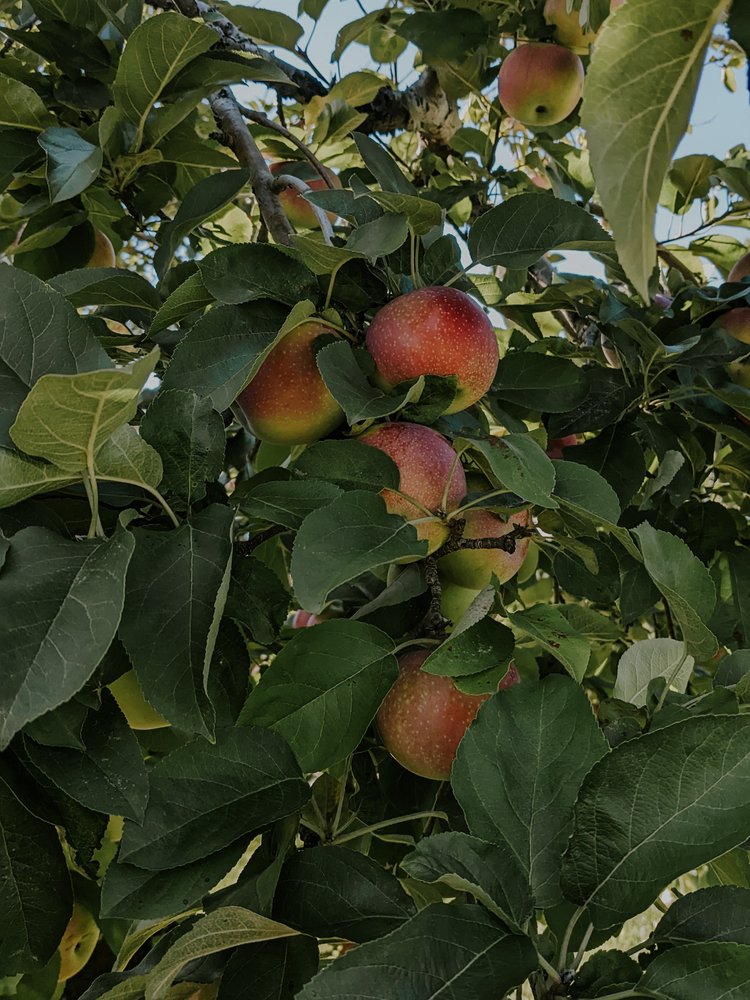
Easy Vegan Applesauce
Ingredients
- 8 Apples (or as many or few as you’ve got)
- 1-2 TBSP Sugar (optional - I prefer raw sugar for this recipe)
- Splash of water (depending on your preferred thickness)
- Cinnamon, strawberries, maple syrup, vanilla bean, orange peel, even cayenne pepper – the flavoring options for applesauce are endless.
Instructions
- Cut the apples into chunks, peeled or not, depending on what you like.
- Put the cut up apples in a pot.
- At this point you can add a small splash of water to keep them from sticking to the pot before their juice starts to flow. Alternatively, you can watch them very carefully and stir them while they heat up.
- When the apples have made some juice, add sugar to taste.
- Cook on medium-high heat, stirring occasionally.
- If you find your apples are sticking to the bottom of the pan, turn down the heat and/or add a splash of water.
- When the apples are soft enough to break with the back of a spoon, remove the pot from the heat. For 8-10 apples, this might take about 10 minutes from when they begin to boil. For greater quantities, it will take a bit longer.
- Taste the sauce again and stir in more sugar if you’d like.
- If you want a smooth applesauce, puree it with an immersion blender.
- If you’d like a chunky applesauce, you can leave it as is, or smash it a bit with a fork or potato masher.
Notes
You can let your applesauce cool and store it in the fridge in an airtight container or jar.
If you’d like to extend its storage life, though, applesauce is the perfect food for a beginner to try canning.
Nutrition Facts
Calories
104.09Fat
0.36Sat. Fat
0.06Carbs
27.5Fiber
4.44Net carbs
23.06Sugar
21.21Protein
0.5Sodium
3.4Cholesterol
0How Many Apples Do I Need to Make Applesauce?
The great thing about this recipe is, it’s more of a formula. There is no set number of apples you need to make applesauce. You can make it with one apple or a hundred. (If you have a big enough pot!)
In general, it takes 8 medium-sized apples to fill a jar the size of the bigger jar (not the huge jar) available at the grocery store.
Easy Homemade Applesauce Recipe
This applesauce recipe is easy, vegan, and a great beginner recipe for kids and adults. I think it’s the best applesauce recipe, because it is so simple, and requires only 1 or 2 ingredients (depending on whether you want to sweeten it).
It gives you a base from which you can create your very own, favorite applesauce.
You can leave them unpeeled or peel your apples before chopping. Add your apples to the sauce pan and cook until soft.
How to Store Applesauce
You can let your applesauce cool and store it in the fridge in an airtight container or jar.
If you’d like to extend its storage life, though, applesauce is the perfect food for a beginner to try canning.
Ways to Use Applesauce
Applesauce can be used to flavor muffins, cakes, and breads.
It can also be used to replace oil in baking recipes, where it will add a bit of moistness to your bake.
Applesauce is a delicious and nutritious snack or dessert.
As the Brady Bunch taught us, applesauce is the perfect side dish for pork chops.
Warm applesauce is a nice topping for a sundae.
Applesauce on oatmeal is absolutely yum.
Traditionally, latkes are eaten with applesauce and sour cream.





